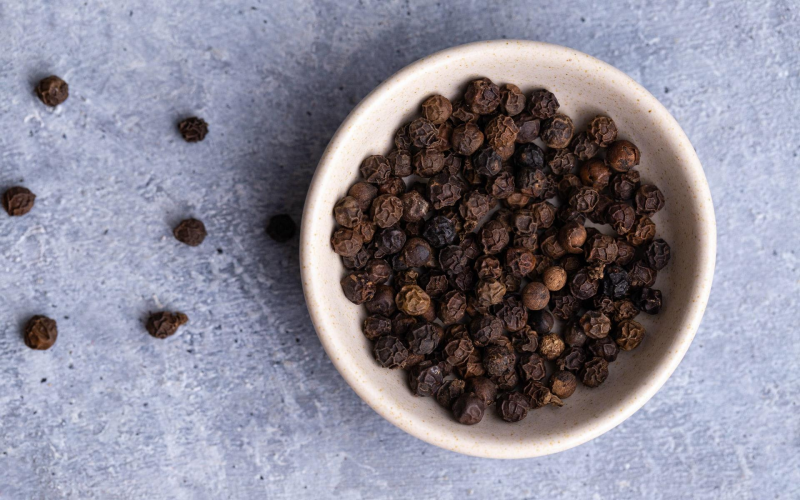
Do you love exploring the magic of cooking and the art of seasoning? If so, you’re probably familiar with the power of pepper. Some say that pepper is one of the most versatile spices out there, right next to the salt. Pepper has truly affected the entire history of fine dining and many national cuisines. As you may know, pepper comes in many varieties, black, white, green, Sechuan and so many more. However, in this article, we will be focusing on black pepper, its history, taste, and use in cooking. Read on if you’d like to find out more.
The historical importance of pepper
There are few spices more essential than pepper because of its international appeal and the impact it has on global commerce and exploration. It has long been believed to have medicinal properties which can be seen in the medical texts written in Sanskrit dating back more than 3,000 years. Furthermore, paying taxes and dowries with pepper was a common practice in Europe in the fifth century. When the city of Rome was besieged in 408 CE, the Visigoths paid the ransom with 3,000 pounds of peppercorns. Pepper was worth more than gold when it was at its peak of value. All of these historical facts can tell us about the importance of pepper and how its taste was valued both by the rich and the poor. Nowadays, pepper isn’t as expensive but its sharp taste is valued just as much as it was hundreds of years ago. The use of pepper has grown exponentially over the years partially due to its availability, and it currently accounts for one-fifth of the global spice trade.
The taste of pepper
With its pungent, earthy, spicy, woody, and boisterous taste, pepper may be used with almost every savory dish, as well as certain sweet ones. The finest black pepper, just like salt, enhances the taste of food by making its underlying flavors more pronounced. Some research indicates that there’s a minimal association between the taste and fragrance in terms of the pepper’s aroma and its actual taste, with some having overpowering aromas but mild flavors and others having pleasant, flowery scents but a sharp taste. When it comes to selecting pepper, you have a wide range of options: do you want it to have a strong taste, or do you like it with a more aromatic accent? If you’re looking for pepper with a citrusy aroma, roast taste, and powerful heat, you may mix various peppercorns in a grinder for a special home blend. Keep in mind that it’s impossible to state that one pepper is essentially better than another since their diverse tastes, smells, and textures all have distinct functions in cuisine. Moreover, everyone has different preferences in their cooking with some people wanting their food to have a spicy kick, while others can’t stand the heat.

Types of black pepper
You may have not known that pepper is actually a berry and that what we call black pepper is actually green before it is dried and fully processed. To classify the peppercorns into various grades, they are sifted through mesh screens after they have been dried. The bigger peppercorns are the strongest in flavor making them the highest quality spice. These are called Tellicherry peppercorns. Other names for the varieties of black pepper are derived from where they’re cultivated or their exact place of origin in India. For example, Malabar black pepper gets its name from the Malabar Coast in Kerala, India, where it was traditionally produced. Spices from the Indian state of Kerala are smaller and gentler than those from Tellicherry, with a lighter brown color and less pungent taste.
Using black pepper in dishes
Black pepper is a must-have in certain food combinations. Some sharpness is needed to brighten up starchy dishes like dumplings, noodles, and baked potatoes. Meats such as pork and turkey cry out for that magical black pepper tang. Furthermore, if you’d like to be more adventurous in your cooking you may sprinkle some black pepper on your desserts such as fruit salads or lemon cake.





